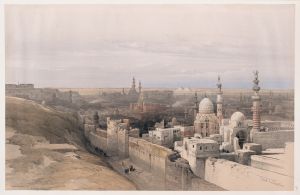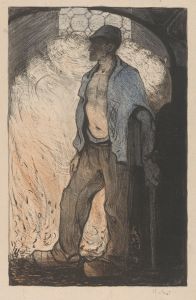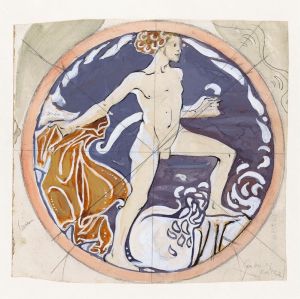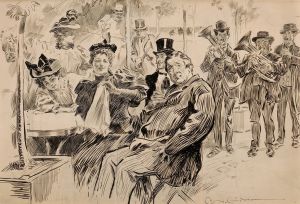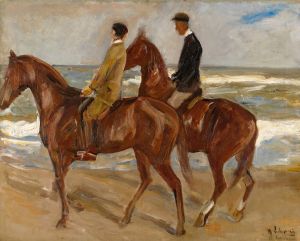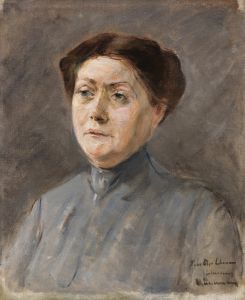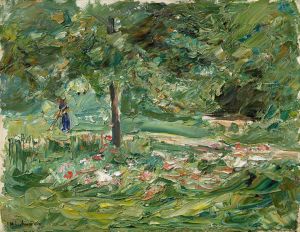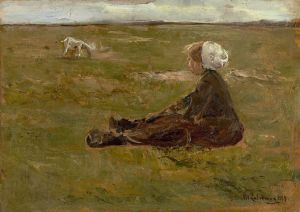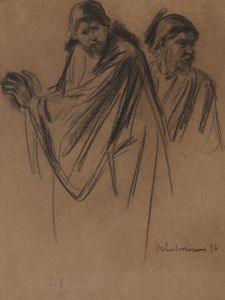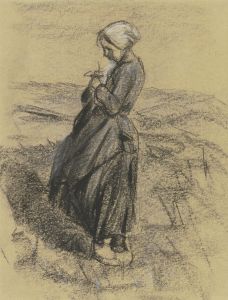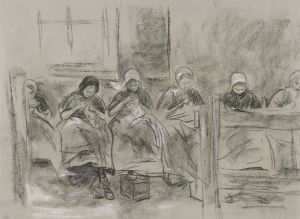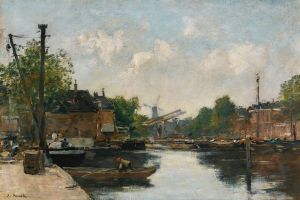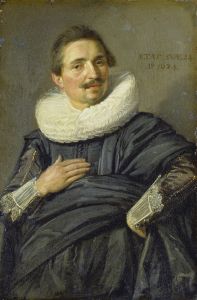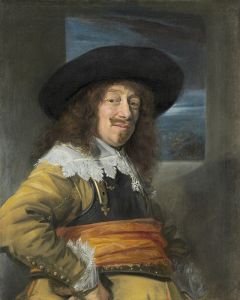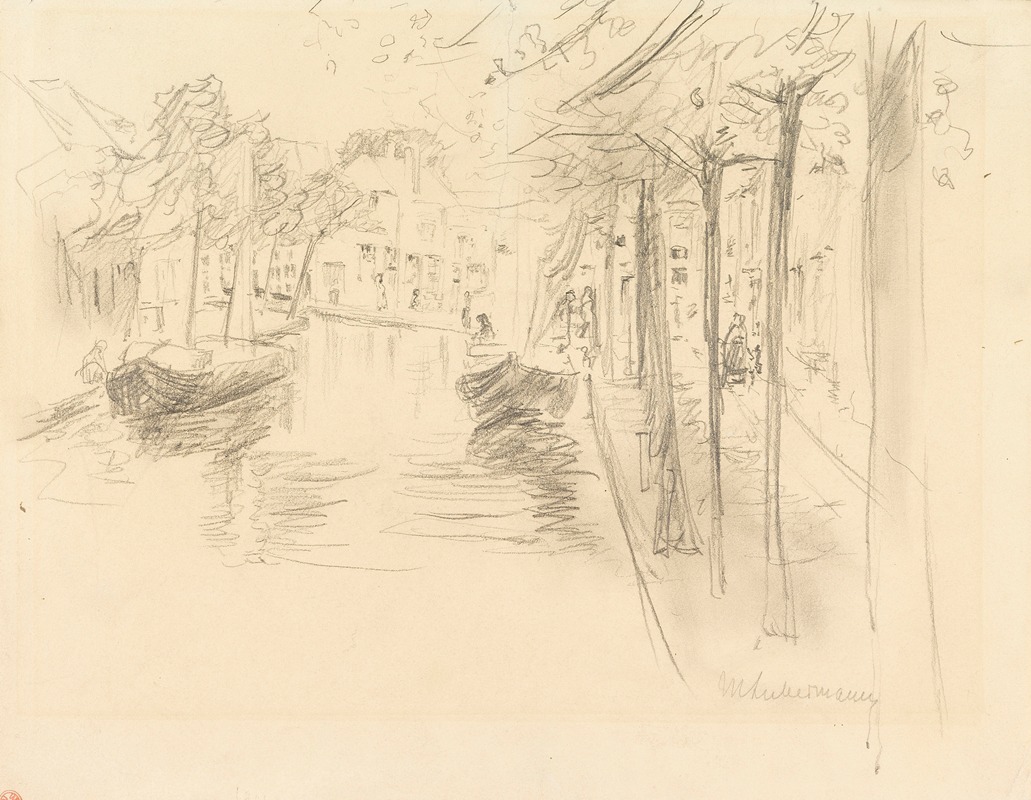
Haarlem
A hand-painted replica of Max Liebermann’s masterpiece Haarlem, meticulously crafted by professional artists to capture the true essence of the original. Each piece is created with museum-quality canvas and rare mineral pigments, carefully painted by experienced artists with delicate brushstrokes and rich, layered colors to perfectly recreate the texture of the original artwork. Unlike machine-printed reproductions, this hand-painted version brings the painting to life, infused with the artist’s emotions and skill in every stroke. Whether for personal collection or home decoration, it instantly elevates the artistic atmosphere of any space.
Max Liebermann's painting Haarlem is a notable work by the German painter, who was a leading figure in the Impressionist movement in Germany. Liebermann, born in 1847 in Berlin, was known for his depictions of everyday life, landscapes, and scenes of leisure, often rendered with a loose, light-filled brushwork characteristic of Impressionism. His travels to the Netherlands had a profound influence on his artistic style and subject matter, and he frequently painted Dutch landscapes and rural scenes.
The painting Haarlem captures a view of the Dutch city of Haarlem, located in the province of North Holland. The city is historically significant for its role in the Dutch Golden Age and its association with the art of landscape painting, particularly through artists like Jacob van Ruisdael. Liebermann's work reflects his admiration for the Dutch landscape and its artistic traditions. The painting likely depicts the flat, expansive terrain surrounding Haarlem, with its iconic windmills, waterways, and open skies, elements that often appear in Liebermann's Dutch-inspired works.
Liebermann's time in the Netherlands, particularly during the late 19th century, allowed him to study the interplay of light and atmosphere in the Dutch countryside. His works from this period often emphasize the simplicity and tranquility of rural life, rendered with a muted color palette and a focus on natural light. While specific details about the painting Haarlem are limited, it is consistent with Liebermann's broader body of work, which frequently celebrated the harmony between human activity and the natural environment.
Max Liebermann's contributions to art extended beyond his paintings. He was a prominent figure in the Berlin Secession, an art movement that sought to promote modernist approaches in opposition to the more conservative academic art of the time. His works, including Haarlem, are celebrated for their ability to convey a sense of place and atmosphere, as well as their technical mastery.
Today, Liebermann's paintings are held in high regard and can be found in major art collections and museums around the world. His depictions of Dutch landscapes, including Haarlem, remain a testament to his skill as an artist and his deep appreciation for the natural beauty of the Netherlands.





